The pending apocalypse can take us each in surprisingly different ways. Some are putting their heads in the sand, as others profit wildly. The justifiable anger of most reasonable people has led to actions both personal and public, small and large scale. It has driven Conor Horgan to taking photographs. In fairness, he would be photographing anyway, because that is what the softly spoken Dubliner does; when he’s not making films.
He is hugely successful at both. From his multi-award-winning short film The Last Time (2002), to the feature-length documentary on the drag artist Panti Bliss, aka Rory O’Neill (2015), he has a talent for getting deep under the skin of people, and things. On the photography side, he is perhaps best known for his portrait work, including series on artists, writers, actors, activists and politicians.
“According the RHA, it’s one of the most significant solo photographic shows this year,” says Horgan of his forthcoming exhibition, Post-State, at the RHA Ashford Gallery. What’s the difference between an artist who happens to take photographs and a photographer who pitches their work in the art arena, I wonder. “There are artists who use photography, but wouldn’t call themselves photographers,” he says, teasing it out. “You could end up with an exhibition that’s predominately photography, and yet it’s not a photography exhibition.”

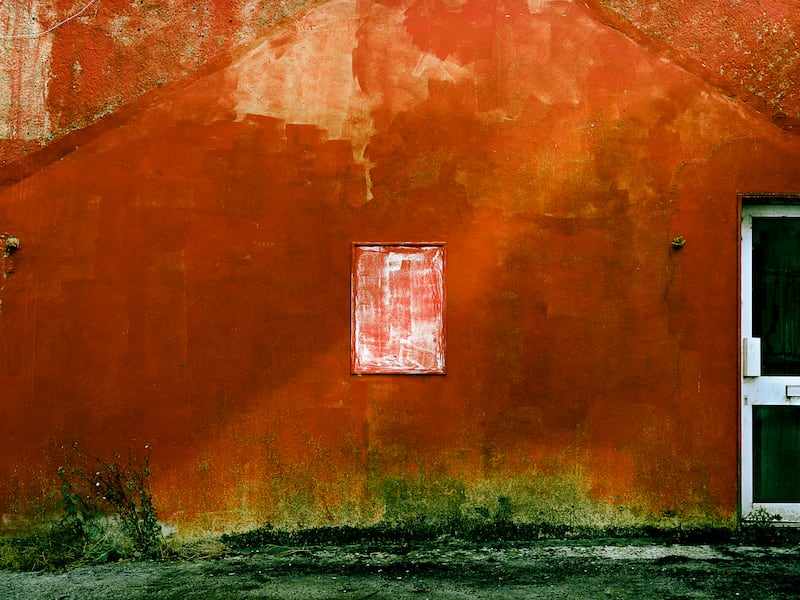
Still not quite getting it, I wonder if it’s a question of “things”. I mean, there are artists such as Abigail O’Brien and Elaine Byrne, who often work in photography, but you may also find objects in their exhibitions. Horgan admits he has toyed with the idea of adding actual items, so maybe that’s not it. Then there are artists, including James Coleman, Gregory Crewdson and Thomas Demand, whose photographs are the results of elaborate stagings, or painstaking sculptures.
A middle-class millennial at a Kneecap gig: am I just cosplaying at republicanism?
What should I do if my electric car breaks down?
Matt Williams: In cynical times, savour the new coaches who want to make the world a bit better
Political stupidity of Fianna Fáil four could see Ireland end up with a bottom-of-the-barrel job in Europe
Perhaps, as with the fine art end of craft, it’s more a question of semantics and training: you’re a craftsperson, even if you’re making elaborate and unusable items of great beauty and meaning, if that’s the school in which you happen to have trained, or the context through which your work emerged.
Distinctions dealt with (or at the very least, shoved to the side), it’s back to the apocalypse. The exhibition has its origins in journeys made to the edges of Co Dublin during that period in 2020, when we were revelling in the relative relaxation of Covid restrictions. “The first impetus was just to get as far away from the house as possible,” Horgan says. “As the circle got wider, I went with it.”
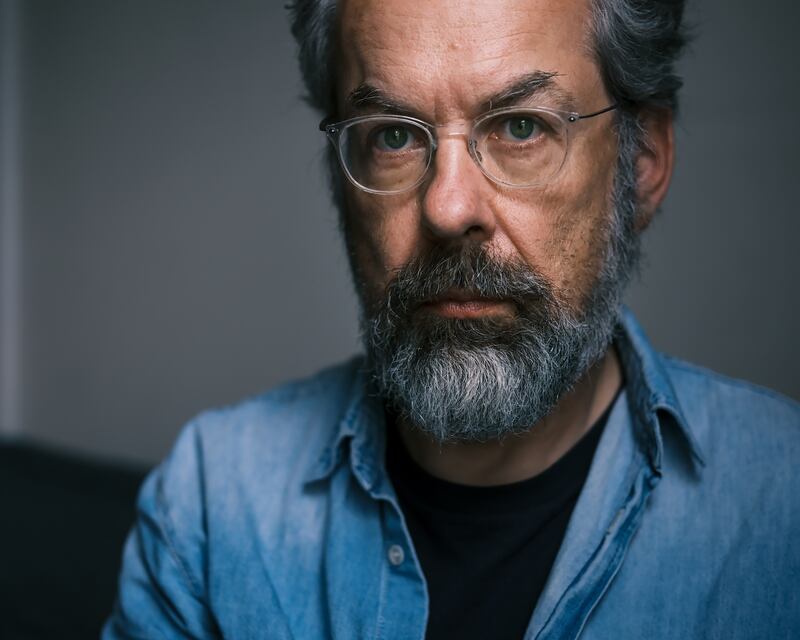
Travelling, Horgan discovered not just 40 shades of green, but a great deal of white and orange too. Imagining a time of collapse, the results of catastrophic environmental events triggering societal dissolution, Horgan finds remnants of the Irish Tricolour in tree trunks, fences, dilapidated swings, twisted rusting metal, the flaking paint on a cement mixer, the shadows on a wall. Look at them through the lens of party politics where, in some quarters, flags and emblems are still insurmountable sticking points, and you start to see how pointless nationalism can be when faced with more existential dangers.
The images are beautiful too, a point important to Horgan, as he is gifted with a clear understanding of how gorgeous seductions can be the best camouflage for the delivery of harder truths. “I think the whole notion of nationalism is basically tribal,” he says. “And as long as we continue to sort ourselves into these utterly arbitrary groupings, we will never have an adequate response to the challenges that are not only coming down the pipe, but which are already upon us.”
Horgan came to photography by chance. “I basically ran away from home when I was 17. I went to be a punk in a squat in London. Then I got a job. I was a head waiter in a London restaurant,” he pauses. “I was the only waiter,” he adds, self-deprecatingly. “It was actually a cafe. Anyway, one day, a guy came in and sold me a camera.” Fascination gripped immediately. “I could afford one roll of film a week, and if two of the pictures were good, it was a good week.”
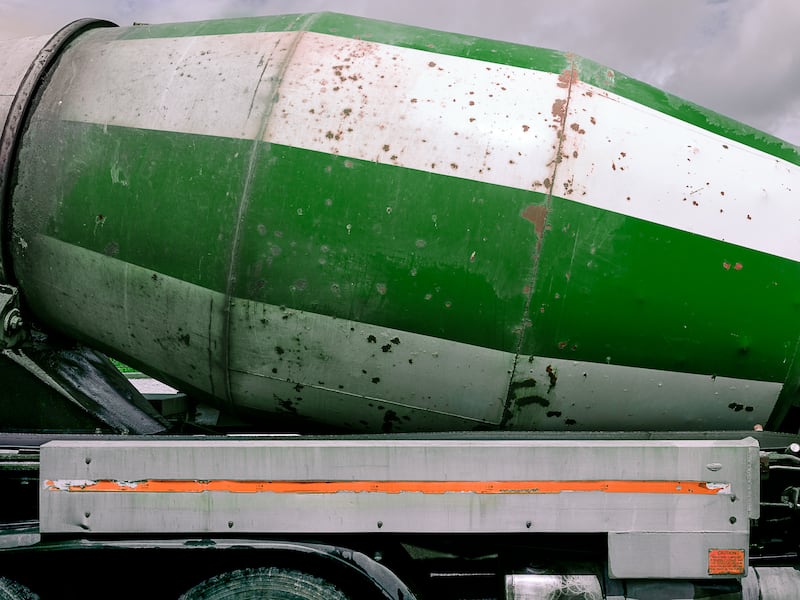
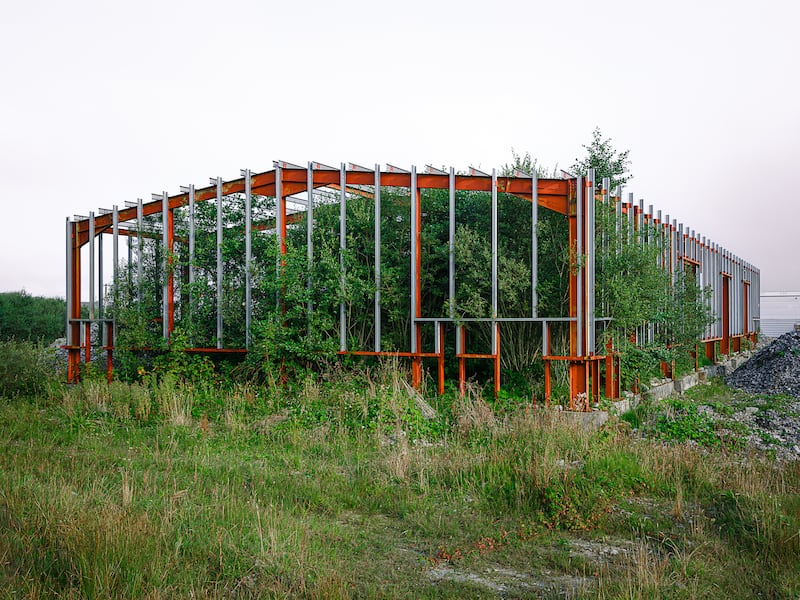
The luck as well as the charm of the Irish helped. “I lived in Germany for a while. I had a job at the Max Planck Institute for Geophysics. I discovered you can be a geo-electrical surveyor with absolutely no qualifications. They sent me to Greece for six months, and then Morocco. I took pictures all the way, and came back wanting to be a photographer.”
Legendary Irish photographer Tony Higgins stepped into the story. “He’s kind of like Ireland’s Richard Avedon. He had gone out with my aunt when I was a kid. Me and my sister were his child models when we were like four and five. Little blondes with pudding bowl haircuts. He gave me a job and he was my mentor. I shared a studio with him and he gave me the best possible start as a working professional photographer that anybody could wish for.”
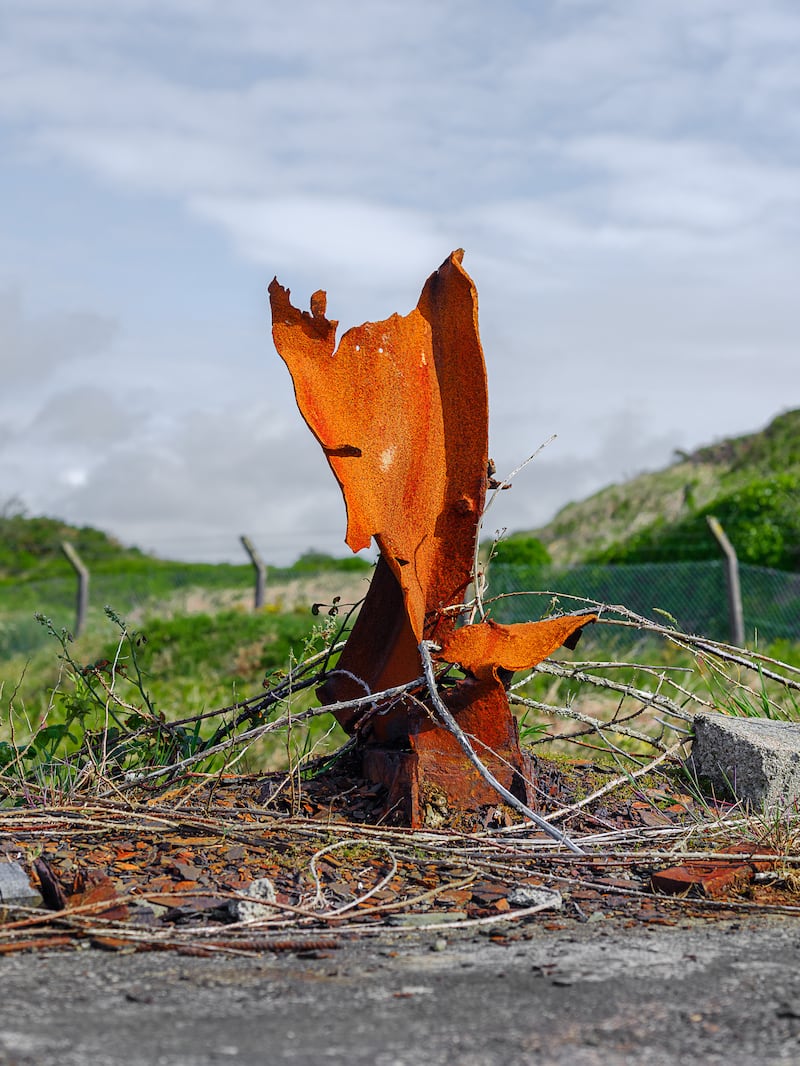
The fall into film was almost as accidental as the chance encounter with a man with a camera. “I got a call from Barry Devlin, you know, the Horslips. He was making a pop video, and would I come and be the camera person. So I spent the weekend in London with one eye on the viewfinder of the camera and the other looking at the instruction book.”
Horgan’s 2009 film One Hundred Mornings was a first foray into exploring societal breakdown. “My anxiety levels have, if anything, increased since then. The exhibition isn’t setting out to increase anyone’s anxiety but it’s saying, look, this is the way things are, so what are we going to do about it? We can band together,” he continues. “We can help each other, but ultimately, as long as we all keep thinking about ourselves, first and foremost, as members of a particular nation state, I’m going to say it again: we’re f***ed.”
Post-State by Conor Horgan is at the RHA Ashford Gallery from October 14th to November 13th
Correction
An earlier version of this article contained a misquotation of a line about the number of shows by fine art photographers taking place in Ireland this year.






